
When gravity, earthquakes, or water pull the rug out from under a cliff face, its strata and fracture lines burst open. Solid slopes suddenly turn fluid. Rocks bounce and roll, creating talus, which settles in a pile at the foot of the cliff—possibly damming a waterway. Garage-size boulders split from slopes and tumble to the […]
Read More…
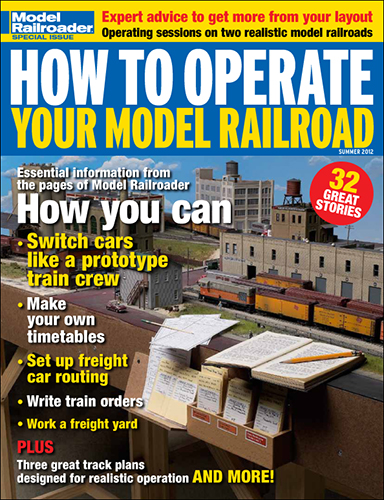
Click to see what’s inside this special issue Click the links to see all the online extras from How to Operate Your Model Railroad. Order How to Operate Your Model Railroad today! Switching Watch the video: Operations on the N scale Waterbury Industrial District. Car routing Download David’s industry lists and switch lists on his […]
Read More…

Model Railroader managing editor David Popp developed an operating scheme for his N scale New Haven layout. Adopting the idea of operating trains with a purpose will make your layout more interactive and realistic. Click on the links below to download the industry lists and switch lists David uses on his layout. Switch list front […]
Read More…

Name: Island Central RR Layout designer: Howard Dwyer Scale: HO (1:87.1) Size: 15 x 29 feet Prototype: freelanced Locale: Northeastern United States Era: 1940 to 1950 Style: walk-in Mainline run: 196 feet Minimum radius: 26″ Mainline turnout: no. 6 Maximum grade: 2 percent Originally appeared in the May 2012 issue of Model Railroader. Click on […]
Read More…
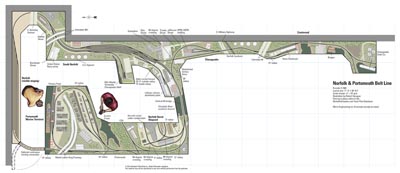
Name: Norfolk & PortsmouthBelt Line Layout designer: Bob Sprague Scale: N (1:160) Size: 11′-3″ x 13′-10″ with 30″ x 14′-81⁄2″ shelf Prototype: NPBL Locale: southeastern Virginia (Hampton Roads) Era: present day Style: shelf with peninsula Branchline run: 30 feet plus 15 feet Minimum radius: 18″ (9″ on some industrial tracks) Minimum turnout: no. 6 Maximum […]
Read More…

The Readers’ Choice Railroad Tailor-made to what our readers said they wanted in a layout We were encouraged to find that many of you are reading and willing to build a layout when you’re inspired by numerous how-to ideas, simple instructions, and intriguing photographs, much like those we’ve included in CTT’s Retro Railroad (2009) and […]
Read More…
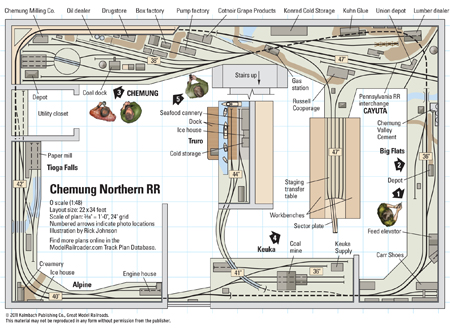
Name: Chemung Northern RRLayout designer: Ben BrownScale: O (1:48)Size: 22 x 34 feetPrototype: freelancedLocale: southern New York stateEra: 1950s and 1970sStyle: walk-inMainline run: 112 feetMinimum radius: 32″Minimum turnout: no. 4Maximum grade: 1.25 percent (main), 6 percent (Truro branch) Originally appeared in the April 2012 issue of Model Railroader. Click on the link to download the […]
Read More…

Name: Denver, Front Range & WesternLayout designer: Doug TagsoldScale: HO (1: 87.1)Size: 25 x 40 feetPrototype: Union PacificLocale: Denver west into the Rocky MountainsStyle: double-deck linear walkaroundEra: 2005Mainline run: 450 feetMinimum radius: 30″Minimum turnout: no. 6Maximum grade: 2.5 percent Originally appeared in the April 2012 issue of Model Railroader. Click on the link to download […]
Read More…
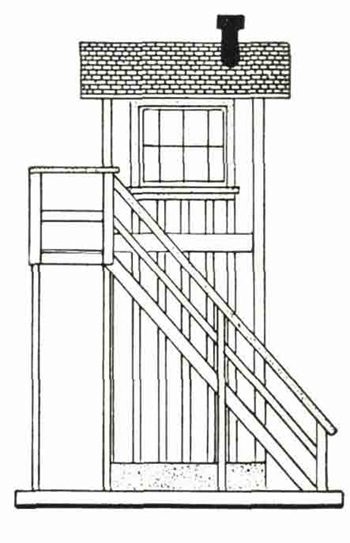
Download the PDF of this project here. This PDF is formatted to print on your home printer. Most pieces are formatted to fit on a 8.5″ x 11″ piece of paper. For larger parts of the plan, you will see “break lines.” Line up the break lines to create the larger piece. Despite our best […]
Read More…
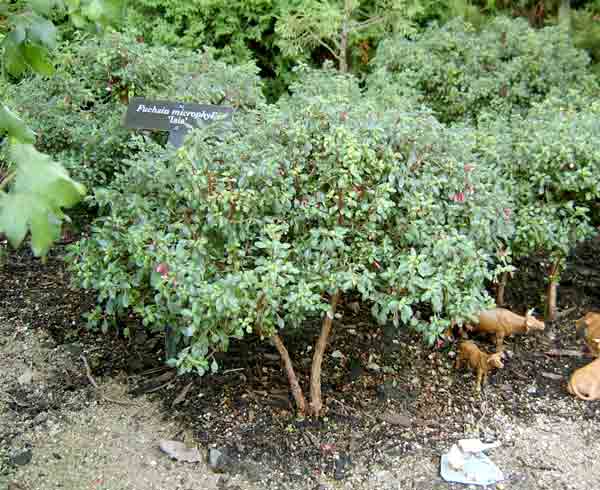
Trees are as essential to a landscape as mountains, hills, and rivers. Those of you living in (and/or modeling) the desert, will have to overlook my exuberance for trees. In this article I’d like to add to my previous discussions of conifer, deciduous, and wannabe trees, to pursue my favorite subject further. (See the list […]
Read More…
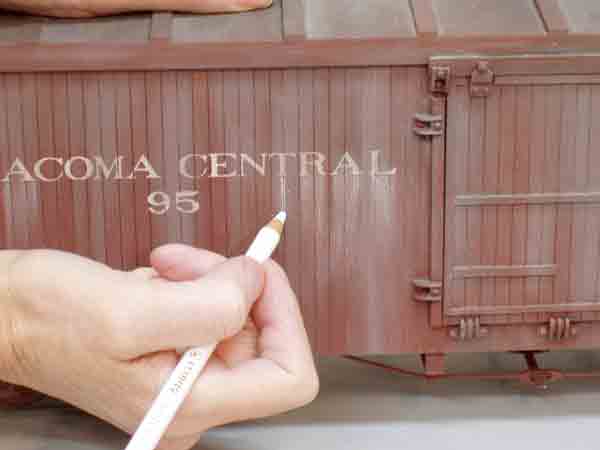
Download a PDF of the article here Don’t miss the rest of the series: April 2012: Stains, washes, and chalks June 2012: Spraypaint and dry brushing […]
Read More…
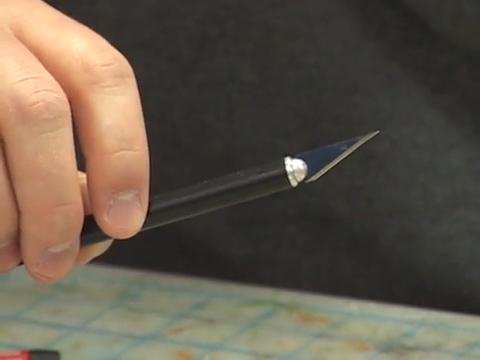
Having trouble viewing this video? Please visit our Video FAQ page Model Railroader associate editor Cody Grivno shows you some of the basic tools that should be in every model railroader’s toolbox. These essential tools will make working on your model railroad easier. […]
Read More…












